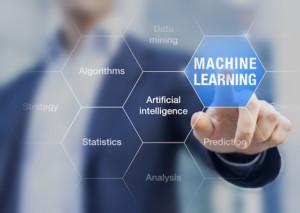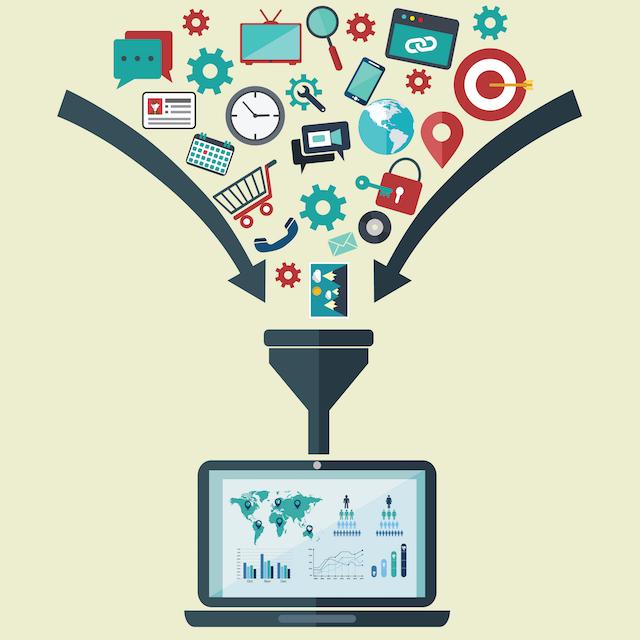Big data hasn’t been the new kid on the block in some time, but many brands are still struggling to integrate all this information into processes in a meaningful, efficient way. Tools such as Hadoop let companies store and access ever-increasing amounts of data, but without the right artificial intelligence (AI) and analytic tools, the knowledge often goes to waste. By feeding big data into the right AI tools, companies can develop proactive approaches that boost revenue, save money or positively impact customer relations.
Strawberry Pop Tarts and Retail Predictive Analysis
 Walmart is one of the biggest retailers in the nation, if not the world, so it’s not surprising that it values data. Without data and the systems to utilize it, Walmart couldn’t efficiently stock shelves for more than 20,000 stores. The retailer uses big data and analytics to make proactive decisions about the types of goods that consumers will want in various locations; with stores in at least 28 countries, Walmart has to rely on some AI to facilitate such decision making.
Walmart is one of the biggest retailers in the nation, if not the world, so it’s not surprising that it values data. Without data and the systems to utilize it, Walmart couldn’t efficiently stock shelves for more than 20,000 stores. The retailer uses big data and analytics to make proactive decisions about the types of goods that consumers will want in various locations; with stores in at least 28 countries, Walmart has to rely on some AI to facilitate such decision making.
One interesting example of Walmart’s predictive approach to inventory management ties hurricanes with Pop Tarts. In 2004, when Hurricane Sandy was approaching the east coast, Walmart discovered the value in analyzing data as a whole instead of in subsets. It turns out that strawberry PopTarts historically sold well before hurricanes in other areas of the nation, so Walmart sent more than normal to areas to be impacted by Sandy with excellent results.
This case illustrates the need for timely access to overall data sets. One of Walmart’s own senior statistical analysts notes that you can’t use predictive analytics to react proactively in all situations if you have to wait for a week or a month while data is manually parsed and analyzed. Marrying data analytics and artificial intelligence cuts down on lead time and makes big data more relevant in the now.
Financial Institutions Using Big Data for Diagnostic Trending
Big data and AI aren’t just driving forces in retail and customer service; financial institutions are turning to technology to support compliance and regulatory efforts. Banks file a large number of regulatory and industry reports, and those filings can occur in different branches, regions or time periods. Historically, the only way to spot trends across all filings was to review them in full or summary — a time consuming task that made it impossible to spot issues in a timely manner.
Analytic tools such as Hadoop and Spark let financial institutions keep enormous repositories of regulatory, marketing, financial and customer service information on hand. Machine learning can automate analytics of that information, noting correlations, trends and outliers that need to be reviewed by a person. AI development even means that some programs can make and implement decisions based on these trends. By cutting through the chaff with artificial intelligence, financial organizations can make diagnostic decisions for better customer service or to avoid compliance problems.
Data Analytics a Prescription for Healthcare Decision-Making
Prescriptive analysis lets businesses use big data to keep likely problems from occurring or put solutions in place even before customers realize the need. In the healthcare niche, data analytics are a growing component in treating patients, reducing compliance issues and boosting revenues.
A doctor can look at data specifically relevant to a patient and make diagnostic or predictive assessments: if someone has high blood pressure and a family history of cardiac disease, they might be at risk for a heart attack. Prescriptive analysis and artificial intelligence lets the healthcare community take that a step further. By integrating data about entire patient populations, hospitals can predict not only a single patient’s risk of heart attack but also the rate at which people might arrive for services or surgeries. Using prescriptive analysis, healthcare providers can staff and stock appropriately, but they can also recommend increasingly accurate and helpful treatment methods.
Big data and artificial intelligence are evolving quickly, and companies that are open to these integrations can leverage innovation. The results are often big positive changes in revenue, profit or customer satisfaction.





Leave A Comment
You must be logged in to post a comment.